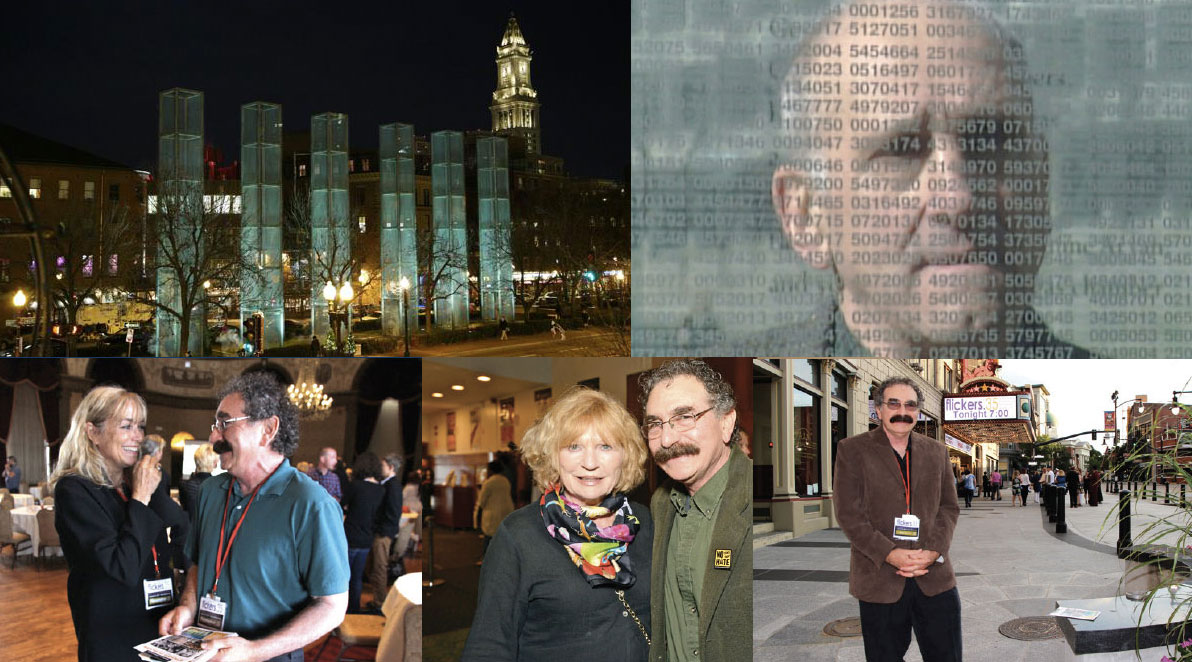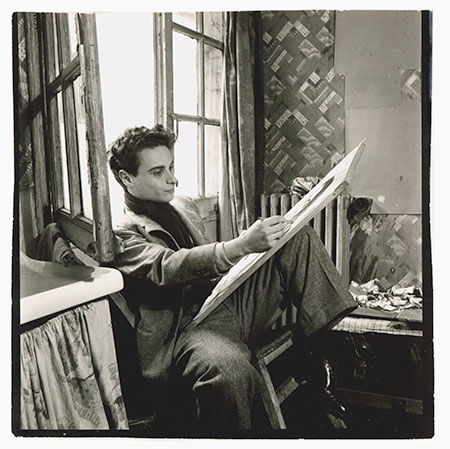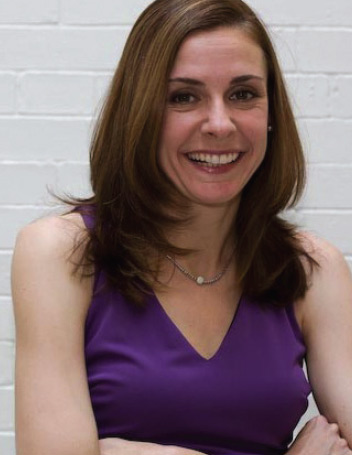
by admin | Jul 20, 2022 | Blog, Imagine News
A fifty-year journey encompassing the roots of American music, the upheavals of the civil rights movement, the strength of memory, the enduring power of this foundational music, and a reflection on the treasures of personal experience, both lost and found. By Ted...

by Jen | Oct 12, 2017 | Imagine News
by Roger Lyons Seventeen years in the making, my feature documentary about Holocaust survivor, Steve Ross, is rounding third base and heading for home. What started as a one-minute TV profile of a “Hometown Hero” turned into a multi-decade labor of love called ETCHED...

by Jen | Oct 24, 2014 | Imagine News
By Hartley Pleshaw For his upcoming documentary film, Gabriel Polonsky had the perfect subject: a talented, innovative, renowned artist. It was also a subject he had close proximity to: the artist in question is his own father. So one would think it would all be easy,...

by Bill | Oct 31, 2013 | Imagine News
by Roger Lyons It began as a simple assignment—to produce one-minute profiles of ordinary people doing extraordinary things. One turned out to be an inspiring story, worthy of a feature-length film. The subject was Holocaust survivor Steve Ross, founder of the New...

by Bill | Apr 9, 2013 | Imagine News
By Lauren Zink “I am a storyteller first, and sometimes an unexpected, reluctant activist second.” By the time you read this article, Cynthia Wade may or may not have won her second Academy Award in five years. As an accomplished documentary filmmaker who focuses on...









